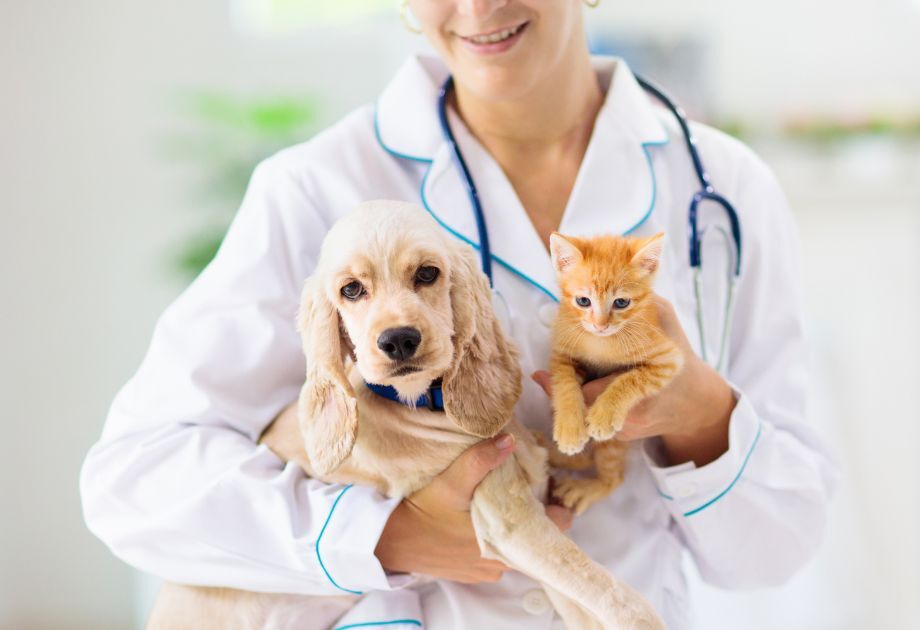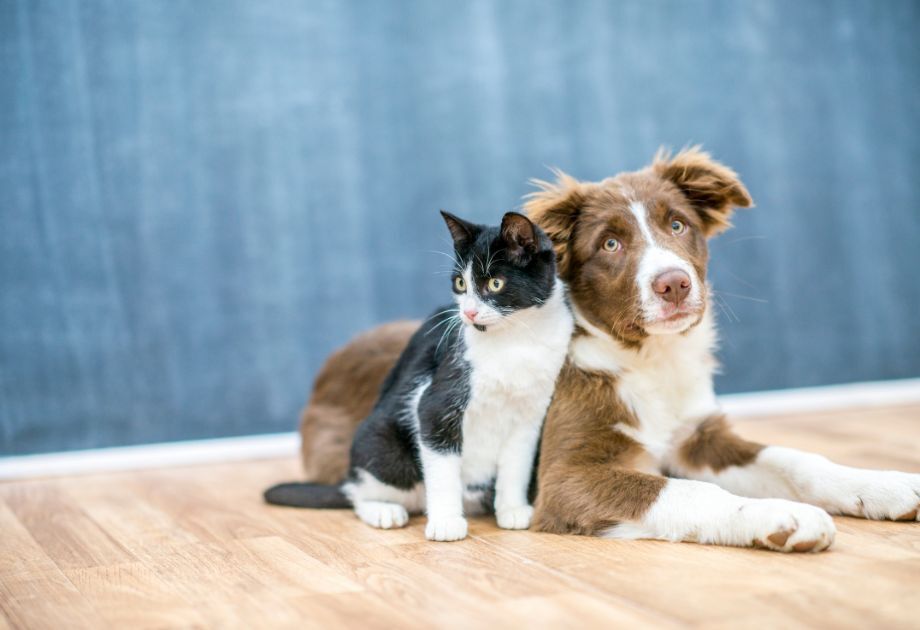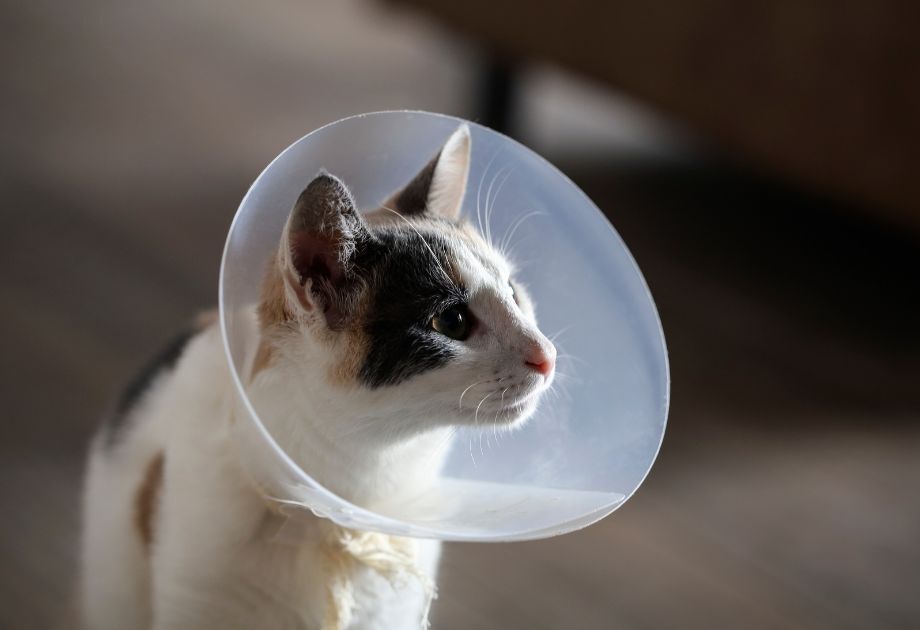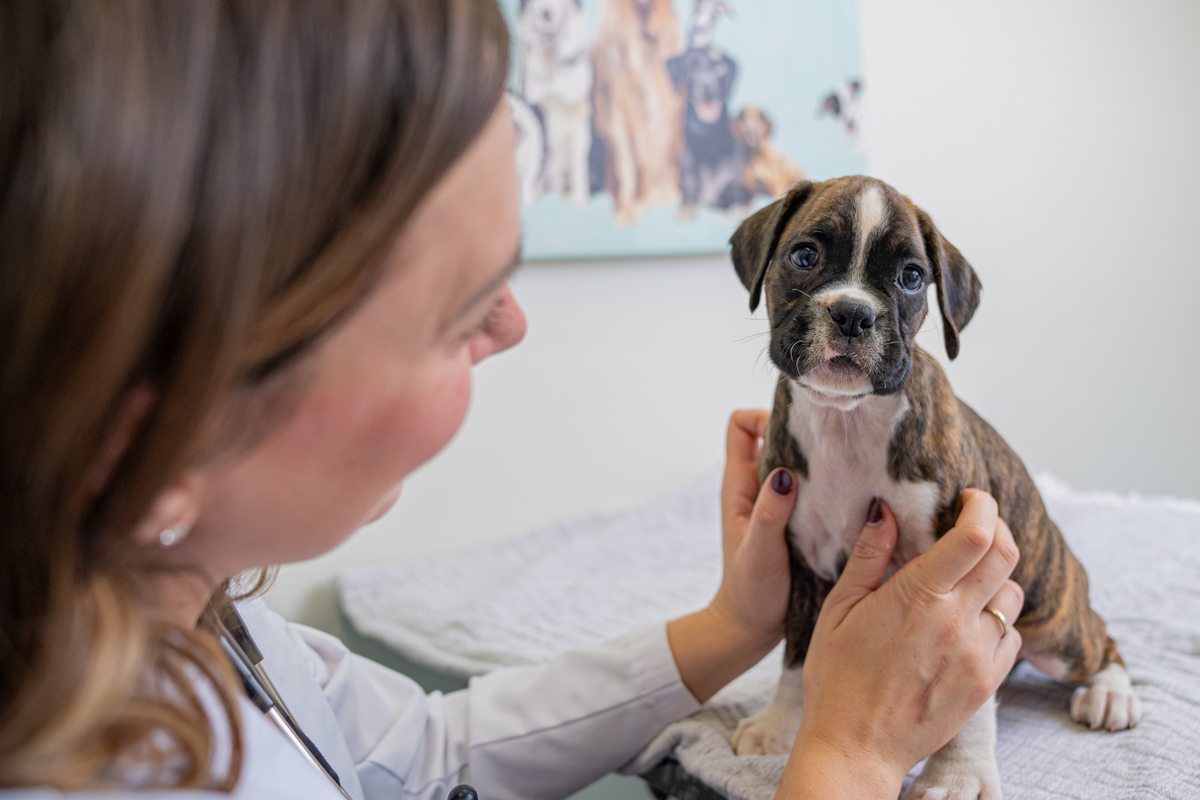Why the Timing of Spaying or Neutering Impacts Your Pet’s Health

Are you juggling the excitement of a new pet with all the questions that come with keeping them healthy and happy? Bringing a new pet into your life comes with a lot of exciting firsts—and just as many big decisions.
Somewhere between picking out toys and scheduling vet visits, the question of spaying or neutering always comes up. And it’s not just if you should do it—it’s when. Trying to figure out the right time to schedule the procedure can feel a little overwhelming, especially when every pet is different.
You might be wondering if your puppy or kitten is too young, if it’s better to wait a little timing influences a range of things—your pet’s health, behavior, development, and even how easily they settle into your home. That’s why it helps to have trusted guidance along the way.
In this blog, we’ll explain how the timing of spaying or neutering can impact your pet’s health and give you the information you need to make a confident, well-timed choice.

Benefits of Spaying or Neutering Your Pet
Choosing to spay or neuter your pet is a meaningful step in protecting their health and improving their quality of life. Beyond preventing unwanted litters, the procedure offers a range of physical, behavioral, and community-wide benefits.
Long-Term Health Advantages
Spaying or neutering is linked to a lower risk of several serious health concerns:
- Reduces the risk of certain cancers, including mammary, testicular, and uterine
- Helps prevent uterine infections like pyometra in females
- Lowers the likelihood of prostate issues in males
These long-term health benefits often lead to longer, healthier lives—making this one decision an investment in your pet’s future.
Behavioral and Lifestyle Improvements
Surgery can also help reduce behaviors that can be frustrating or even dangerous in a home setting:
- Decreases aggression and the urge to roam
- Helps limit marking and spraying
- Can make pets easier to manage in multi-animal households
When these behaviors are reduced, your pet may feel calmer and more at ease—making everyday life more enjoyable for both of you.
Helping Control the Pet Population
Spaying or neutering isn’t just about individual health—it also plays a major role in the bigger picture:
- Prevents unplanned litters that often end up in shelters
- Helps reduce the number of stray animals in the community
- Contributes to better overall public health and animal welfare
This one action helps protect not just your pet, but others in your neighborhood and beyond.

When Is the Right Time?
Now that you know why spaying or neutering is beneficial, the next question is when. The best timing depends on your pet’s age, breed, health, and lifestyle. Let’s take a closer look at the different stages of life.
Puppies and Kittens
For many healthy puppies and kittens, spaying or neutering is recommended between 4 and 6 months of age. This timing helps prevent unwanted behaviors before they begin and supports long-term wellness.
However, larger dog breeds may benefit from waiting until they’ve had more time to grow, especially to support healthy joint development. And in shelter or rescue settings, early spay/neuter is often done prior to adoption to help with population control.
Adult Pets
If your pet didn’t have surgery as a puppy or kitten, it’s not too late. Adult spay/neuter procedures are still safe and worthwhile.
- Your vet will complete a full health evaluation before scheduling the surgery
- Recovery may take a little longer for older pets
- The procedure can still offer meaningful health and behavioral benefits
Whether you adopted an older pet or delayed the decision, you’re still making a smart choice for their future.
Individual Considerations
Every pet is different, which is why there’s no one-size-fits-all answer. Several factors influence the best timing:
- Breed and size
- Health history and any existing conditions
- Activity level and home environment
Talking with your veterinarian helps you weigh the pros and cons for your unique situation. Together, you can choose a plan that puts your pet’s long-term wellness first.

Helping Your Pet Recover After Surgery
Once your pets spay or neuter is complete, knowing what to expect and how to care for them at home will help set them up for a smooth recovery.
What to Expect Post-Op
Most pets bounce back quickly, but you may notice:
- Mild swelling or bruising around the incision site
- Sleepiness or limited energy in the first day or two
- Prescription medications for pain relief and healing
This initial healing window is short, but important. Keeping a close eye on your pet ensures they stay safe and comfortable.
Recovery Best Practices
A little extra care during recovery goes a long way.
Be sure to:
- Keep your pet calm and indoors
- Use an e-collar if they try to lick or scratch the incision
- Hold off on baths, running, or roughhousing for 10–14 days
Your vet will give you detailed instructions based on your pet’s age and procedure. Following them closely helps speed up healing and avoid complications.
When to Call Your Vet
If anything feels off, it’s always better to check in.
Watch for:
- Redness, swelling, or discharge that worsens
- Loss of appetite or energy beyond the first day
- Signs of pain that don’t improve with medication
Our team is always here to answer questions—don’t hesitate to reach out if something doesn’t seem quite right.

Prioritize Wellness with Lebanon Small Animal Clinic
Spaying or neutering is a responsible decision that can improve your pet’s health and your peace of mind—but timing matters. At Lebanon Small Animal Clinic, our Care Companions are here to help you navigate the process with thoughtful, personalized care.
Whether you’re planning ahead for a new puppy or kitten, or wondering if it’s time for your adult pet, we’ll guide you every step of the way. Your pet’s needs are unique, and we’re here to make sure they receive the best care possible—at the right time.
Have questions or want to schedule a consultation? We’d love to help you make confident, informed choices for your furry family member. Contact us today!


